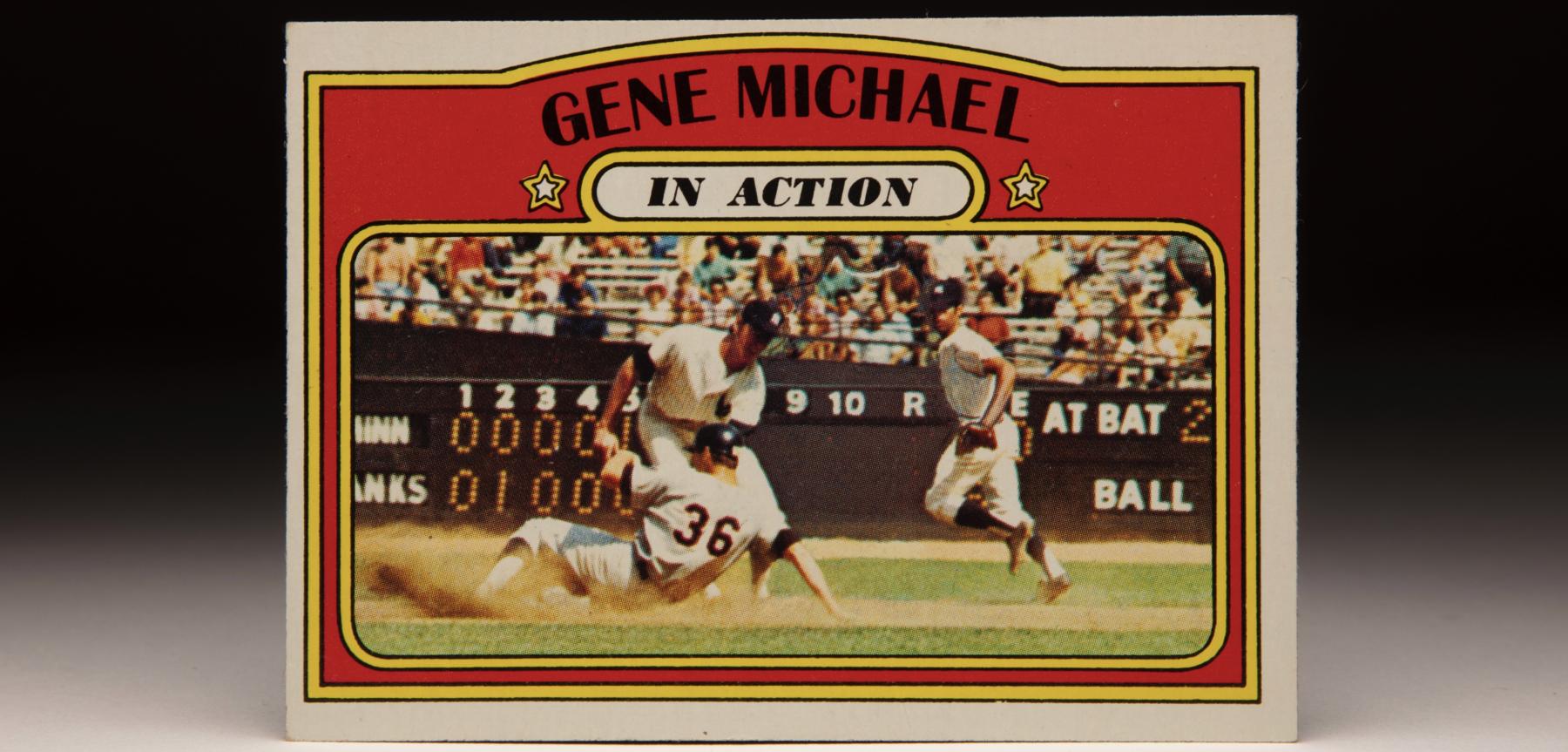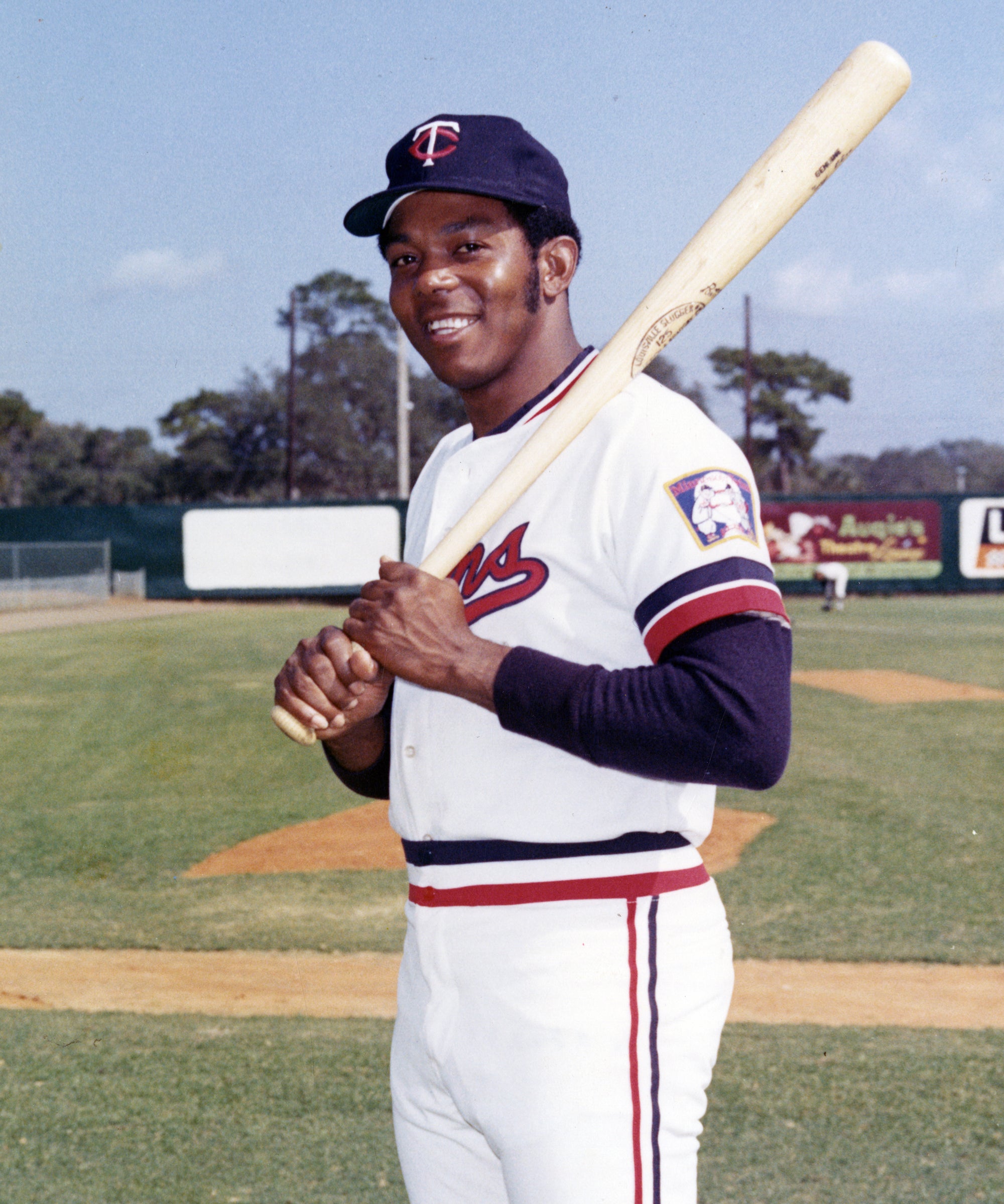- Home
- Our Stories
- #CardCorner: 1972 Topps Gene Michael
#CardCorner: 1972 Topps Gene Michael
Baseball cards were printed to be purely unique…to own something your friends might not have had. To be that person who owned a card someone wished was in their collection.
Each baseball card is completely different and made to stand out. Even a card you might think isn’t “that cool,” is in fact, cool.
The appreciation for these hidden gems becomes more evident when looking at a card like Gene Michael’s 1972 Topps card.
Topps, originally known for its chewing gum, started printing baseball cards in 1951, making them one of the only companies at the time that provided a product like baseball cards. With the love baseball grabbed from the hearts of many Americans, player cards were in high demand.
Hall of Fame Membership
There is no simpler, and more essential, way to demonstrate your support than to sign on as a Museum Member.
Official Hall of Fame Merchandise
Hall of Fame Members receive 10% off and FREE standard shipping on all Hall of Fame online store purchases.
Printing in batches of series, Topps would primarily focus on players’ headshots, batting and pitching stances and any pose that could show off the player’s uniform.
In 1971, along with a routine series release, Topps decided to make their first-ever batch of mid-game action shots instead of the traditional player photo. They called the series “In Action.”
“The 1971 set included more color, a wider range of poses, and placed an emphasis on game action shots, all features which laid the groundwork for what baseball cards look like today,” John McMurray wrote in Sports Collector’s Digest.
With the “In Action” cards making their debut, different types of action shots rose to the surface. Whether it was an infield play or a player sliding into a base, it was often difficult to see who was completing what plays on the card. But because of their distinctive and new features, the quality of the shot didn’t matter.
When dissecting Michael’s card from 1972, it can be quite the process to determine which player is Michael and who else is photographed. But stay with us, as we break it down.
Looking at the front of the card, there are three players pictured making a play on a stadium’s field. Two players are wearing New York Yankees uniforms, but it’s hard to tell what uniform the player sliding into second base is wearing.
Michael was playing for the Yankees by 1968. With this “In Action” set being released in 1972, this game had to have happened before then.
But when paying closer attention to the card, the score was kept on the side of the left side wall. In the corner of the photo, “MINN” and “YANKS” are labeled in white.
The play on the card is at second base, pulling Michael from his position at shortstop.
Making out the hints of the teams, the game pictured is a Minnesota Twins and Yankees game, noting one run to each team. Piecing together what we know about the Twins, No. 36, with his 1971 3.32 ERA, was pitcher Jim Kaat. But why was Kaat sliding into second base? Pitchers shouldn’t be seen stealing bases, right?
The game is from July 21, 1971. Kaat is shown stealing second as Michael attempts to tag him. This happened to be the first stolen base by a Twins pitcher that wasn’t part of a double steal. Nine days after, on July 30, Kaat completed his second straight steal. Kaat’s two successful stolen bases are the last ever collected by a Twins pitcher. During the July 21 game, his batting average rose to .232.
It’s quite the feat to have both Michael and Kaat on the same card, completing a play that many had never witnessed before.
No one knew when the card was printed that it would feature a 2022 Hall of Fame inductee.
But wait, there’s more.
Each card in the 1972 "In Action" set has a puzzle piece on the reverse side.
Michael’s card is No. 714 out of the set, including the left side of Tony Oliva’s head on the back. The full puzzle of the collection shows Oliva wearing his Twins uniform in a batting stance. During Oliva’s 1971 season with the Twins, he was named an All-Star with a .337 batting average, 81 RBI and 22 home runs.
No one knew when the card was printed that it would feature two 2022 Hall of Fame inductees.
It’s hidden gems like these that make baseball cards one-of-a-kind. The rarity of this card is it includes Kaat and Oliva at times in their careers that were well before thoughts of entering the Hall of Fame.
When Kaat was told card No. 714 featured him and his teammate Oliva the same year they are inducted together into the Hall of Fame, he couldn’t help but chuckle.
No one can predict the future, but perhaps a baseball card can.
Larkin Richards is the 2022 social media intern in the Hall of Fame’s Frank and Peggy Steele Internship Program for Youth Leadership Development
Related Stories
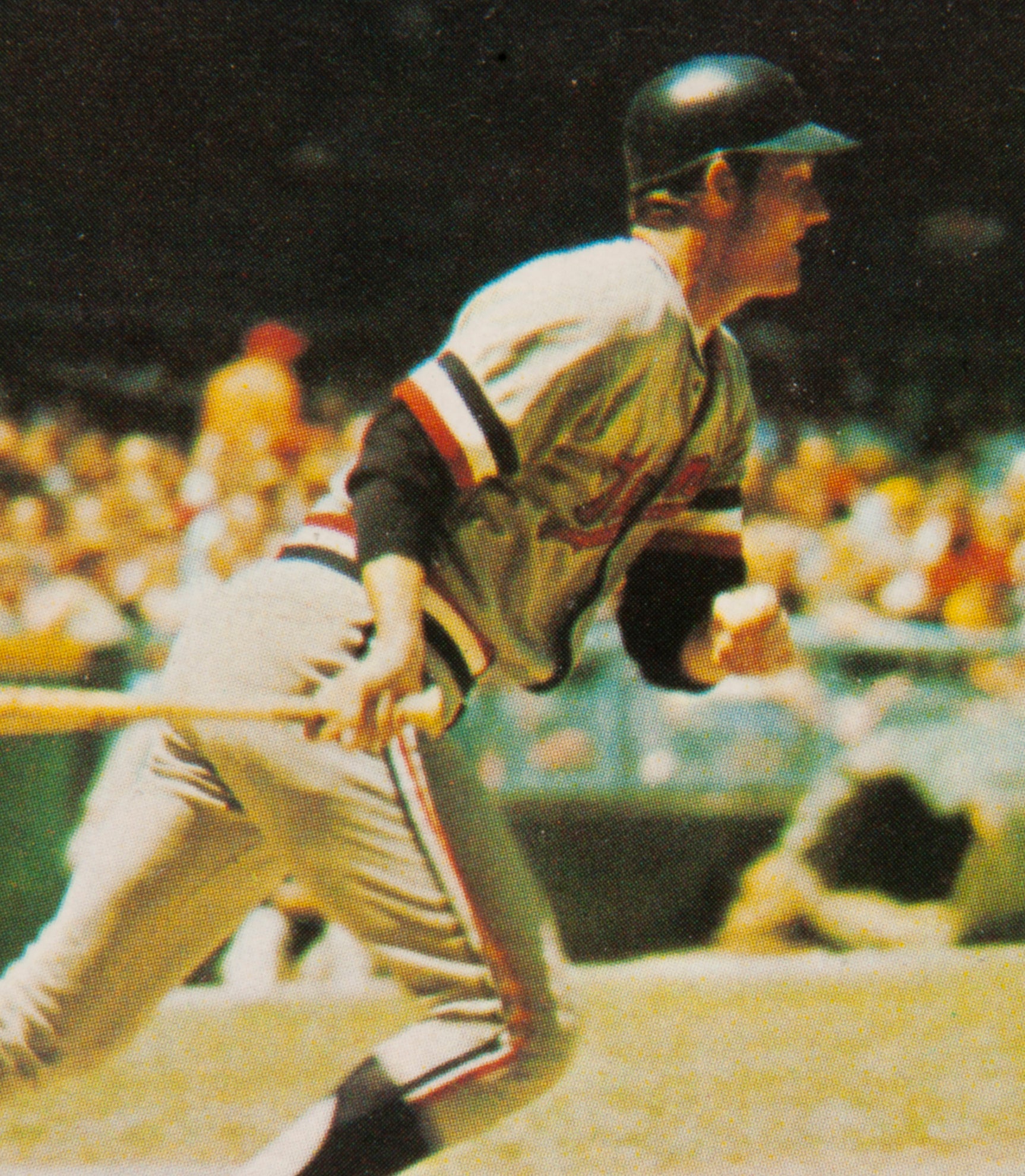
#CardCorner: 1973 Topps Jim Kaat
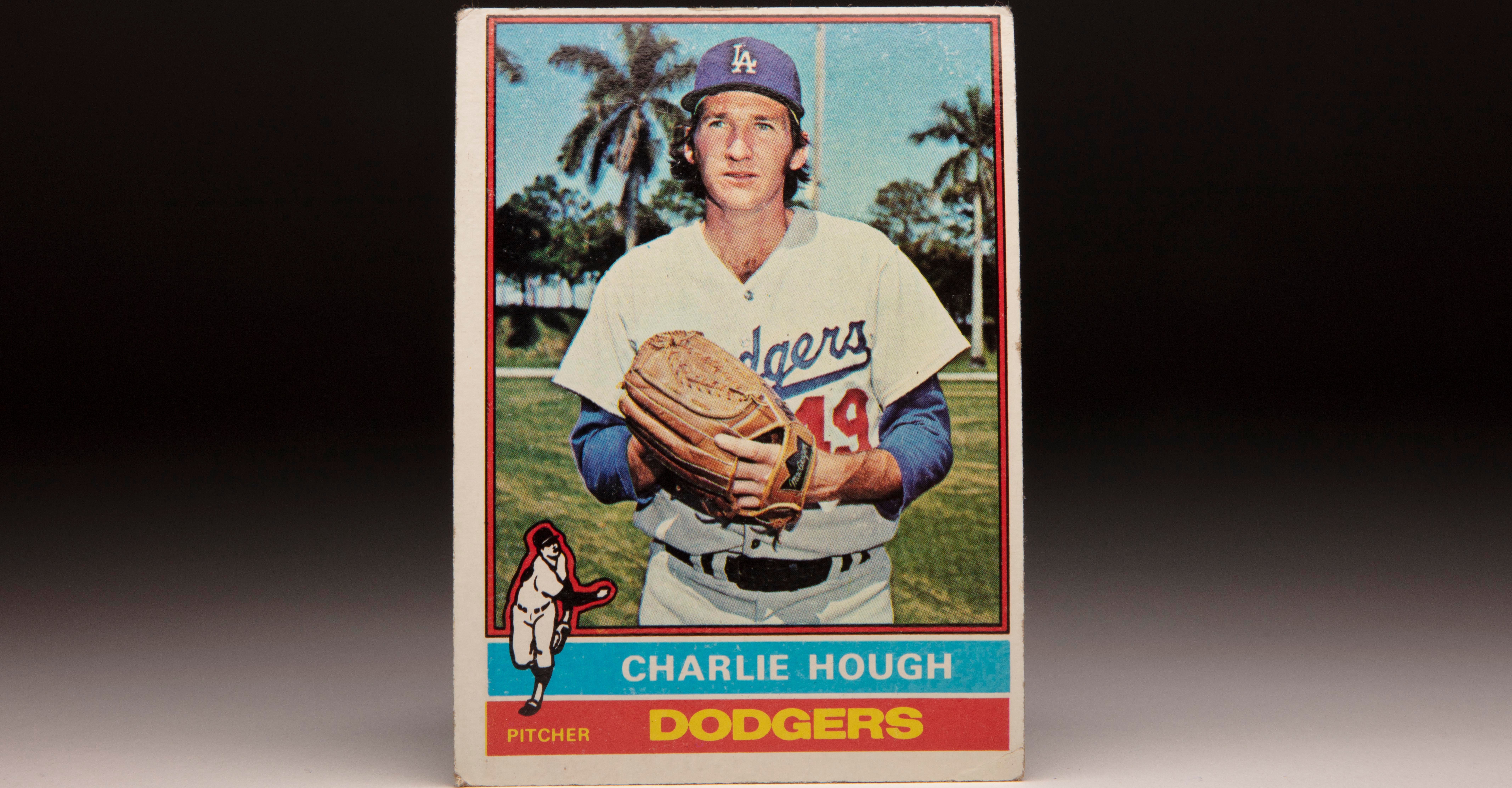
#CardCorner: 1976 Topps Charlie Hough
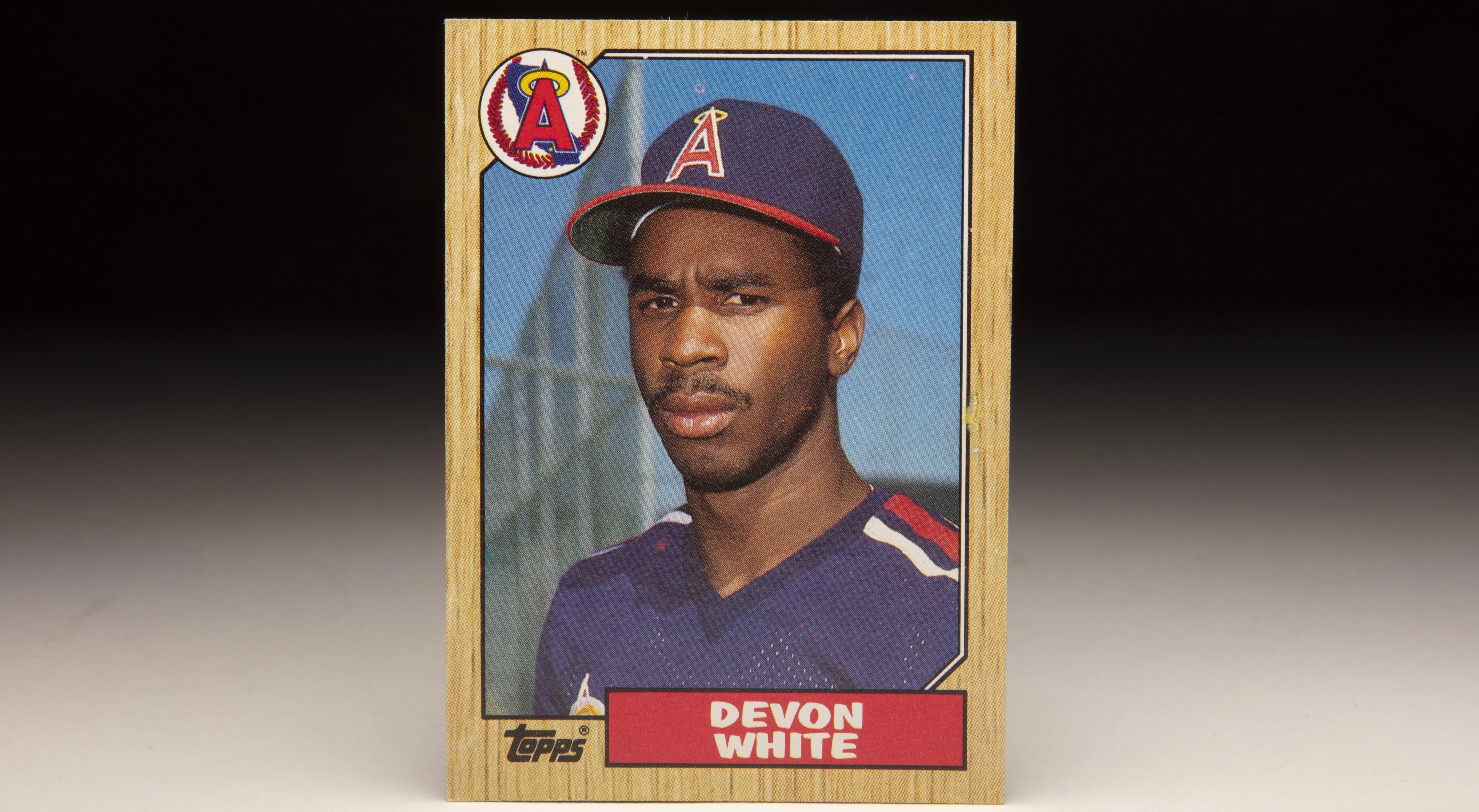
#CardCorner: 1987 Topps Devon White

#CardCorner: 1981 Donruss Iván de Jesus

#CardCorner: 1973 Topps Jim Kaat

#CardCorner: 1976 Topps Charlie Hough

#CardCorner: 1987 Topps Devon White



